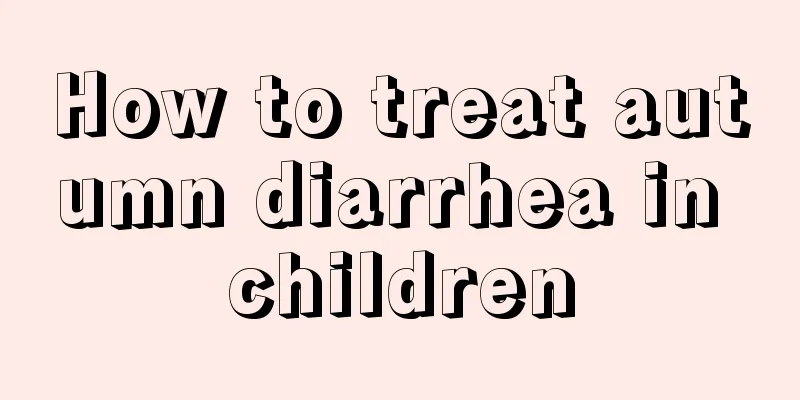What happens when children develop millet-sized bumps?

|
If your child develops small bumps the size of millet grains, you should be alert. There are many reasons for this phenomenon. As a parent, you cannot diagnose and judge it normally. You need to take your child to the hospital for examination in time. Such symptoms may be caused by some infectious diseases. For example, filiform warts and flat warts are contagious. They may also be caused by neurodermatitis or photosensitive dermatitis. The most common cause is eczema. When the skin is exposed to adverse stimulation, it is easy to cause such symptoms. 1. It may be filiform warts: They are very small, some are as thin as a few millimeters, feel rough, are distributed in many places, are not painful or itchy, and can last for many years. It is generally believed that it is related to rubbing the skin when taking a bath. The treatment is simple. Laser burns one at a time without anesthesia, but there are many wounds. After treatment, you should take anti-inflammatory drugs and transfer factor oral solution to avoid recurrence. 2. Flat warts: The cause is the same as that of filiform warts, but the structure and treatment principles are completely different. Moreover, traumatic treatment is prohibited for flat warts, otherwise it will lead to an explosion of flat warts. 3. Neurodermatitis: This disease is a skin sensitivity disease caused by autonomic nervous system dysfunction. The patient's skin is itchy and the more he scratches it, the more itchy it becomes - the more itchy it becomes, the more he scratches. The treatment of neurodermatitis is mainly based on Chinese medicine. 4. Photosensitive dermatitis: This disease is most common in summer, and its most characteristic feature is that it gets worse after sun exposure. In some specific cases, photosensitive dermatitis and neurodermatitis co-exist. In addition to taking Chinese medicine for the treatment of this disease, you should also avoid certain foods: fish, shrimp, crab, celery, coriander, etc. are the culprits of photosensitive dermatitis. 5. Children's eczema It is an allergic skin disease, which is commonly known as allergic skin disease. The main cause is intolerance or allergy to ingested, inhaled or contacted substances. Children with eczema initially develop red skin and rashes, followed by roughness and flaking of the skin. Touching the child's skin feels like touching sandpaper. Heat and humidity can make eczema more obvious. |
<<: What's wrong with my baby's red and hard pimples?
>>: Why does my child's skin itch all the time?
Recommend
What to do if your child keeps picking his belly button
When humans are still in the mother's belly, ...
What medicine is good for children with intestinal spasms
Children are particularly prone to gastrointestin...
Treatment of hand, foot and mouth disease in children
The physical health of young children is what par...
What are the symptoms of testicular hernia in children?
Sometimes children will cry non-stop, and mothers...
Myelin development retardation in children
Delayed myelin development in children is general...
Can children use enema?
Suppository is a very common laxative, mainly sui...
How to educate a naughty and disobedient child?
Young children will more or less show naughty beh...
What is the best food for children to replenish qi and blood?
Not only adult men and women suffer from insuffic...
What to do if blisters appear on baby's hands
The happiest thing for every family is the birth ...
How to use massage to treat cough in children
Blindly using medicine when children have coughs ...
What are the dangers of antibiotics to babies?
Children generally have low resistance, and they ...
There is a white spot on the child's face in summer
Summer is the peak season for diseases, let alone...
What are the recipes for 13-month-old babies?
As the child continues to grow, the nutrients he ...
What is the cause of red bloodshot eyes in babies?
Babies are a very young group that deserves our p...
What should I do if my baby has heat stroke and fever?
Since babies have relatively poor immunity, they ...









